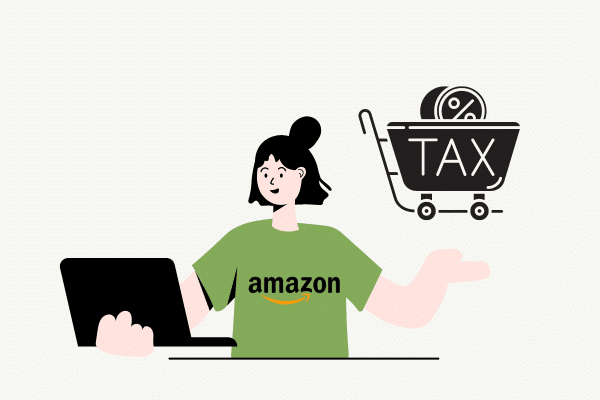
Amazon is one of the biggest companies on the planet, serving countless people and employing an equally impressive number. In addition to seeking traditional employment with the company, practically anybody can create an account and sell items online lucratively and efficiently.
If you put in some real effort, you can use this outlet to become a very successful online merchant. However, an inexperienced Amazon seller filing taxes might not know that there are nuances to the task that might not be immediately intuitive.
Typically, there are three different types of Amazon sellers:
1️⃣ Retail Arbitrage
This is where the typical Amazon seller begins their journey. Retail arbitrage involves buying discounted products from retail stores and reselling them on Amazon. This technique is widely used and very popular, especially for beginners. It allows a budding entrepreneur to get used to the process of e-commerce without having to commit or invest too heavily.
2️⃣ Private Label
This is the most scalable model for selling products on Amazon. Creating a brand and selling under a consistent name is what most entrepreneurs aim to achieve. This technique can be executed by buying from a manufacturer who can make your product in bulk at a low price. You’d then make some adjustments to the product, like adding your logo, and resell it under the brand you’ve created.
3️⃣ Wholesale
Wholesale sellers buy products directly from major brands at wholesale prices and sell them on Amazon. The difference between this and private label selling is that the products come from an already established brand and are sold under their name with their approval.
These are some of the different ways to sell on Amazon, but on the tax end, it doesn’t vary too much. Here are four tips for Amazon FBA sellers filing taxes:
1. The 1099-K Form

The 1099-K form specifically handles income received from third-party payment processors. It’s an IRS information return used to report payment transactions to improve tax compliance.
As an Amazon seller, you agree that Amazon will handle collecting payment information from customers. This is a huge perk for new sellers, as Amazon takes care of this aspect while you focus on selling products. The 1099-K form details the total amount in dollars that Amazon receives and transfers to you.
2. Sales Tax Policies For Sellers

It’s crucial for every seller to understand the sales tax policies in the states they operate in. The laws change, and the amount of tax often depends on various factors. Sales tax is a tax on items paid to a governing body. As an Amazon seller, you’re responsible for collecting sales tax and charging buyers the correct amount in each state you operate in. You then must remit the collected taxes back to the state. Failure to comply could lead to significant penalties, including the seizure of your business assets.
Establish whether you have a nexus with a state. This can be tricky, but some common nexus-creating factors include your location, the use and location of warehouses, other forms of inventory, and personnel based in other states.
4. Consider A Licensed CPA Accountant

Dealing with Amazon taxes, both as an individual and as a business, can be complex. You’ll want to maximize your profit while avoiding an audit or other stressful issues. While some e-commerce business owners handle their taxes efficiently, many struggle.
Hiring an accountant can be incredibly beneficial. A team of professionals experienced with Amazon sales tax and Amazon FBA can help you effectively. Not only will they complete your work accurately, but they’ll also provide valuable insights to help you learn for the future.
Ready to simplify your Amazon taxes? Reach out today and let our experts help you thrive in the world of selling online. Don’t navigate the complexities of Amazon sales tax alone—let us guide you to success!

